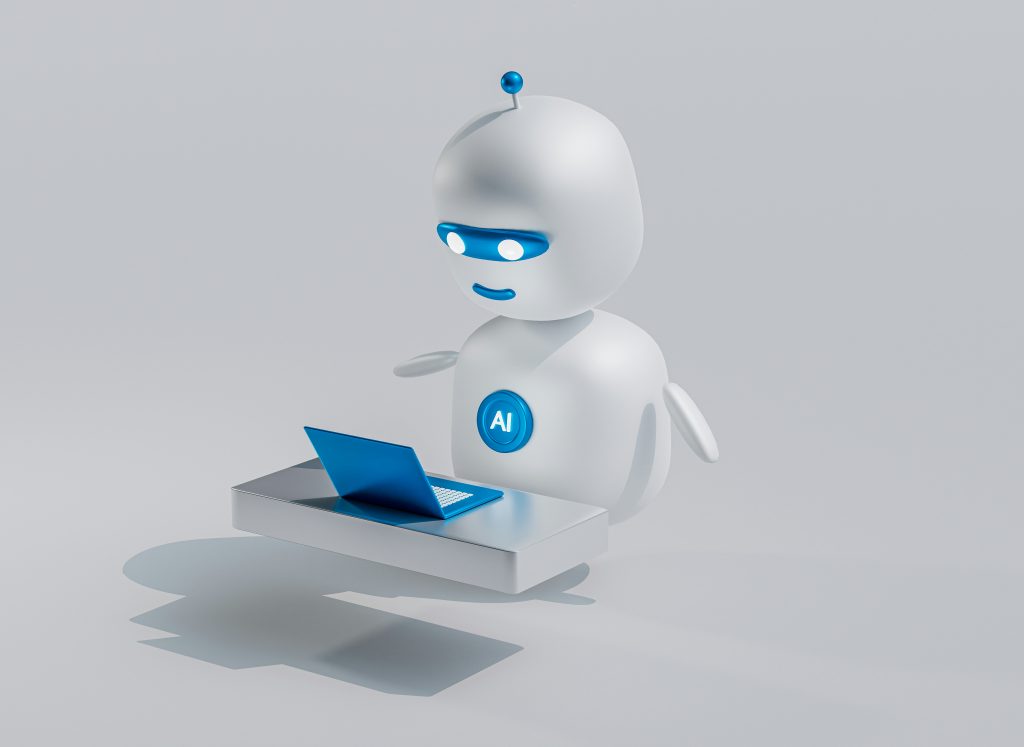As improvement with AI continues, we’ve started seeing new forms of AI in chat places. AI chats are now more common than ever. A big example of this, which we all know, is ChatGPT. In this blog, I will go over how we can expect AI chat to be used, where, and whether it will affect our daily lives.
What is AI chat

AI chat system is a form of communication app where the user chats back and forth with an AI. These systems are designed to understand and respond to human prompts in a way that feels conversational. There are different types of AI chat systems that are designed for different specific roles. Let’s go over some of them.
Types of AI Chat
- Customer Support Bots: Answer FAQs, process refunds.
- Companion Bots: Offer emotional support or casual conversation
- Roleplay Bots: Pretends to be a fictional or non-fictional character
- Educational Tutors: Help with math, science, or language learning.
- Generative AI: Help with math, science, or language learning.
Most of you have probably used AI to ask questions, help with homework, and study, or to CHEAT! The most common type of AI is generative AI. Like ChatGPT, Sora, or Gemini, they are able to perform and answer complex prompts.
Pros and Cons of AI Chat
There are many pros of using AI chat, but there are a few downsides, but not really. I will go over some benefits and cons of having and using AI chat.
Pros
24/7 Availability: AI chat doesn’t need sleep—it’s always ready to respond, even outside business hours.
Instant Responses: Don’t we all love instant replies? AI delivers replies almost instantly, speeding up interactions and support.
Handles Tasks: Is able to do your work. Great for answering FAQs, booking appointments, or gathering basic information.
Consistent Answer: Unlike humans, AI won’t give varying answers due to mood or fatigue.
Cons
Lacks True Understanding: AI can process language well, but doesn’t “understand” context or emotions like a human does.
Impersonal Interactions: Some users may feel frustrated by the lack of human touch or warmth.
Limited by Rules: Many rule-based AI chats can only follow specific scripts and break easily if users go off-topic.
Summary
In short, AI is able to perform human tasks, gives instant replies to your prompts, and its answers aren’t influenced by emotion or mood. Which is also its con, since it isn’t able to act or feel emotions like humans. Users might feel disconnected from the conversation.
What’s Likely to Happen in the Future of AI Chat

AI chats are most likely to be more humane. It will be better at AI gets better at understanding nuance, emotion, sarcasm, and cultural context. Like how I trained my ChatGPT to act like me. The conversation will feel smoother, and the user will feel connected to the conversation.
We can have different models of AI chat. Instead of just being able to text, we might have future AI chats that can combine text, voice, image, and even video interactions. You could have a full voice/video conversation with an AI that sees what you’re seeing.
A negative and positive effect it could have is on jobs. It will take over the jobs of people who work for customer service and admin roles by being able to perform the task just with a prompt. On the contradictory, New jobs will emerge—like prompt engineers and human-AI collaboration designers.
Conclusion
In conclusion, AI chat systems are a back-and-forth text conversation between AI and the user. It is able to answer users’ questions, tasks, and other complex prompts. The downside is that AI chats are unable to show emotions or have humor, which may make the user feel disconnected. In the future, we should see a change in this; chats will be more humane and is able to have a smooth-flowing conversation. We should be seeing jobs like customer support being replaced by AI chat systems, but we also have more jobs available to maintain these systems.